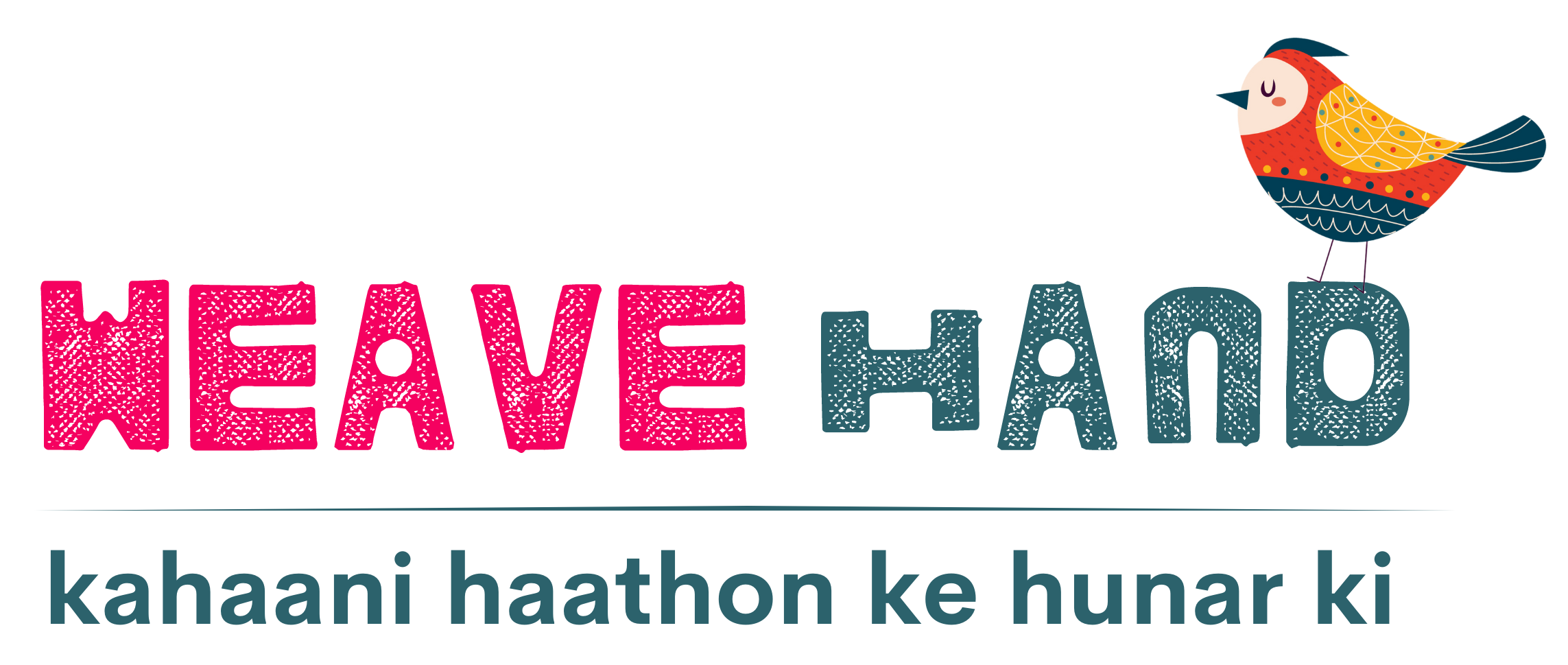The basic components of a loom include:
-
Warp Beam: A roller or cylinder that holds the warp threads in a parallel arrangement and provides tension during the weaving process.
-
Heddles: Devices with eyelets or slots through which the warp threads are threaded. Heddles help in raising and lowering specific sets of warp threads to create a shed (an opening) through which the weft thread can be inserted.
-
Harnesses or Shafts: Frames or bars that hold the heddles. By raising or lowering the harnesses, the weaver can control which set of warp threads is lifted to create the shed.
-
Shuttle: A device that carries the weft thread back and forth through the shed. It typically holds a bobbin or spool of weft thread.
-
Reed or Beater: A comb-like structure that beats or pushes the weft thread into place against the previously woven fabric, compacting it and creating a tight weave.
-
Cloth Beam: A roller or cylinder that winds up the woven fabric as it is produced.
Looms can vary in size, complexity, and mechanism depending on the type of weaving being done. There are different types of looms, including handlooms, power looms, and mechanized looms, each with its own unique features and applications.
Overall, a loom is a vital tool in the process of weaving, enabling the interlacing of warp and weft threads to create various types of textiles, such as fabrics, rugs, and tapestries.

Early Looms:
The earliest evidence of looms can be traced back to the Neolithic period, around 6000 BCE. Archaeological findings, such as stone weights and clay loom weights, indicate the existence of early looms in ancient civilizations like Mesopotamia, Egypt, and the Indus Valley.
Warp-weighted Loom:
One of the earliest known loom types is the warp-weighted loom, which emerged around 4000 BCE. This loom consisted of a frame with vertical warp threads weighted at the bottom to maintain tension. The weaver would manually raise and lower selected warp threads to create a shed for the weft thread insertion. Warp-weighted looms were commonly used in ancient Greece, Scandinavia, and other regions.
Invention of the Heddle Loom:
Around 2000 BCE, the heddle loom was invented. This innovation introduced heddles, which are cords or wires with eyelets that separate the warp threads into upper and lower sets. By manipulating the heddles, the weaver could easily raise and lower different sets of warp threads to create a shed. The heddle loom greatly improved weaving efficiency and speed.
Invention of the Treadle Loom:
The treadle loom, also known as the foot-operated loom, was developed in ancient China during the Eastern Han Dynasty (25–220 CE). This loom introduced a mechanism using foot pedals, or treadles, to raise and lower the harnesses and control the shed. The treadle loom was a significant advancement in terms of ease of use and enabled weavers to focus more on the weaving process itself.
Industrial Revolution and Power Looms:
The Industrial Revolution in the late 18th and early 19th centuries brought significant changes to the textile industry. In the late 1700s, power looms were developed, driven by water, steam, or later, electricity. Power looms automated the weaving process, greatly increasing production speed and efficiency. They played a crucial role in the shift from cottage-based handloom weaving to large-scale textile factories.
Modern Looms:
Today, modern looms come in various types, including mechanical looms, automatic looms, and computerized looms. These looms employ advanced mechanisms, electronic controls, and software programs to produce intricate patterns and designs with high precision and efficiency.
Power looms and handlooms are two different methods used for weaving fabrics. Here are the key differences between the two:
Power Looms:
- Mechanization: Power looms are weaving machines that use mechanical power, typically from electricity, to automate the weaving process. They are operated by a power source and controlled by various mechanisms and systems.
- Speed and Efficiency: Power looms can produce fabrics at a much higher speed compared to handlooms. They are designed for mass production and can weave large quantities of fabric in a relatively short period. Power looms are known for their efficiency and productivity.
- Consistency and Uniformity: Power loom fabrics tend to have a more consistent and uniform appearance. The mechanized process ensures that the fabric is woven with precision and minimal variations, resulting in a standardized product.
- Limited Design Flexibility: Power looms are efficient at weaving repetitive patterns and straightforward designs. However, they may have limitations when it comes to intricate designs or complex weave structures. Design changes require reprogramming or reconfiguring the machine, which can be time-consuming.
- Lower Cost: Power looms can produce fabrics at a lower cost per unit compared to handlooms due to their higher production capacity and lower labor requirements.
Handlooms:
- Manual Operation: Handlooms are operated manually by skilled artisans. The weaver controls the entire weaving process, including setting up the warp and weft threads, interlacing them, and creating the fabric.
- Artistic and Unique Designs: Handlooms offer greater design flexibility and creativity. Skilled weavers can create intricate patterns, complex weave structures, and unique designs that may be challenging to achieve on power looms. Handloom fabrics often showcase the craftsmanship and artistic skills of the weavers.
- Slower Production: Handlooms are slower in producing fabrics compared to power looms. The manual operation requires more time and effort, resulting in lower production capacity.
- Sustainable and Environmentally Friendly: Handlooms are often associated with sustainable and eco-friendly practices. They typically use natural fibers, organic dyes, and minimal energy consumption, making them a greener option.
- Social and Cultural Significance: Handloom weaving has a deep-rooted cultural heritage in many regions. By purchasing handloom products, individuals can support traditional craftsmanship, preserve cultural traditions, and contribute to the livelihoods of local artisans.
Both power looms and handlooms have their own advantages and serve different purposes. The choice between them depends on factors such as cost, production requirements, design preferences, and the values and priorities of the consumers.
